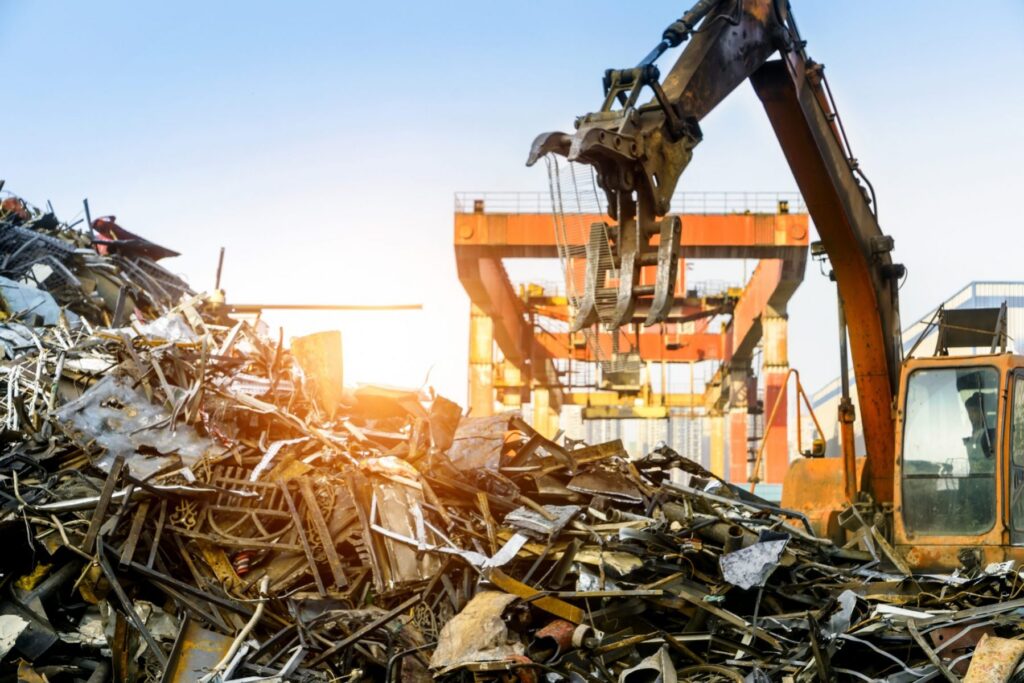UNDERSTANDING SALVAGE VALUE AND SCRAP VALUE
Understanding Salvage Value and Scrap Value
When it comes to assessing the residual worth of an asset, two terms often come into play: Salvage Value and Scrap Value. While these terms are related, they have distinct meanings and implications for various industries and businesses. In this article, we’ll delve into their definitions, differences, and significance.
What is Salvage Value?
Salvage Value refers to the estimated monetary worth of an asset at the end of its useful life. It represents the amount a company can expect to receive if it chooses to sell or dispose of the asset after it has served its primary purpose. Salvage value is a crucial factor in determining depreciation expenses and the overall cost of an asset over its lifespan.
Key Points:
- Salvage value is an estimate of an asset’s residual value.
- It is used in depreciation calculations to determine an asset’s book value over time.
- Salvage value is typically higher than scrap value, as it assumes that some components of the asset can be resold or repurposed.
What is Scrap Value?
Scrap Value, on the other hand, is the amount a company can expect to receive from selling the asset for its raw materials after it can no longer be used for its intended purpose. This value is usually lower than the salvage value because it takes into account the reduced utility and value of the asset’s components once it has reached the end of its useful life.
Key Points:
- Scrap value is the worth of an asset when it’s sold as scrap or for its component materials.
- It is typically lower than salvage value, reflecting the reduced value of the asset’s parts.
- Scrap value plays a significant role in industries that rely on recycling or repurposing materials.
Differences Between Salvage Value and Scrap Value
To understand the distinctions between these two terms more clearly, let’s compare them in a tabular format:
| Aspect | Salvage Value | Scrap Value |
|---|---|---|
| Definition | Estimated worth of an asset at the end of its useful life. | Amount obtained from selling the asset for its raw materials after it’s no longer usable. |
| Calculation | Usually higher and based on the assumption that some components can be resold or repurposed. | Typically lower, considering the reduced utility and value of the asset’s components. |
| Use in Accounting | Used in depreciation calculations to determine an asset’s book value over time. | Not commonly used in accounting, as it’s related to the asset’s disposal phase. |
| Examples | A vehicle’s salvage value might be its resale value after a certain number of years. | An old computer’s scrap value might be the value of its metal parts when recycled. |
Salvage Value Calculation:
The salvage value of an asset is the estimated residual value at the end of its useful life. It represents the amount you expect to receive if you were to sell or dispose of the asset at the end of its useful life.
The formula for calculating the salvage value is:
Salvage Value = Cost of Asset – Accumulated Depreciation
Where:
- Cost of Asset is the original purchase price or acquisition cost of the asset.
- Accumulated Depreciation is the total depreciation expense recognized over the asset’s useful life.
Scrap Value Calculation:
The scrap value of an asset is the estimated amount you could receive from selling the asset as scrap or for its individual components at the end of its useful life.
The formula for calculating the scrap value is the same as the salvage value formula:
Scrap Value = Cost of Asset – Accumulated Depreciation
User Calculation Example:
Let’s say you have a piece of machinery that you purchased for RS. 50,000, and it has been in use for 5 years. You have been recording annual depreciation of RS. 8,000 per year.
- Calculate the accumulated depreciation: Accumulated Depreciation = RS. 8,000 (annual depreciation) * 5 (years) = RS. 40,000
- Calculate the salvage value: Salvage Value = RS. 50,000 (original cost) – RS. 40,000 (accumulated depreciation) = RS. 10,000
- Calculate the scrap value (assuming it’s the same as salvage value in this example): Scrap Value = RS. 10,000
So, in this case, the salvage value and scrap value of the machinery are both RS. 10,000.
You can use the same formula and process for any other assets you want to calculate salvage and scrap values for. The key is to subtract the accumulated depreciation from the original cost to find these values.
While both salvage value and scrap value deal with the worth of an asset at the end of its life cycle, they differ in their calculations, applications, and the assumptions they make about the asset’s residual worth. Salvage value is more commonly used in accounting, while scrap value is crucial in industries that involve recycling or repurposing materials.
Understanding these concepts is essential for making informed financial decisions and managing assets effectively within a business or organization.


